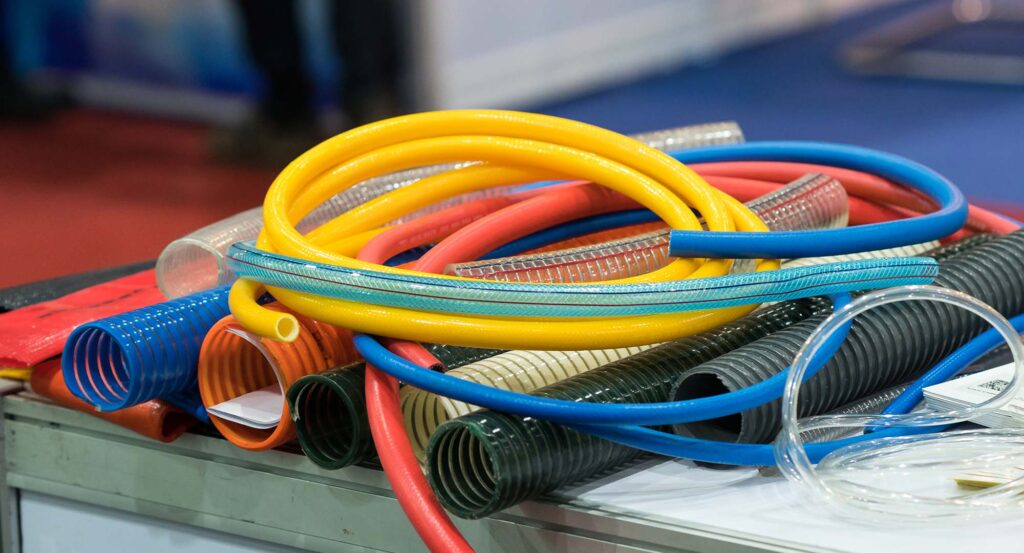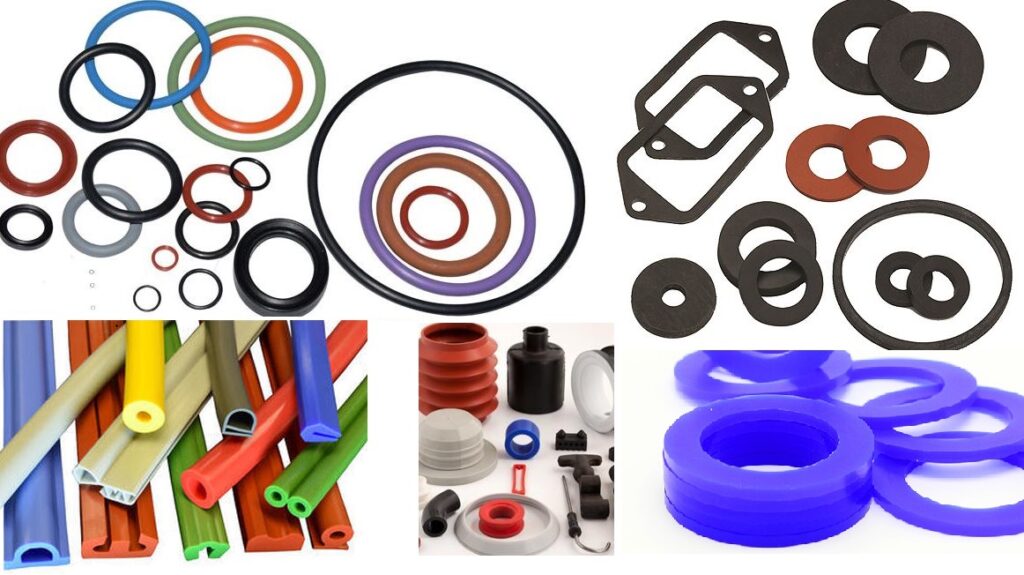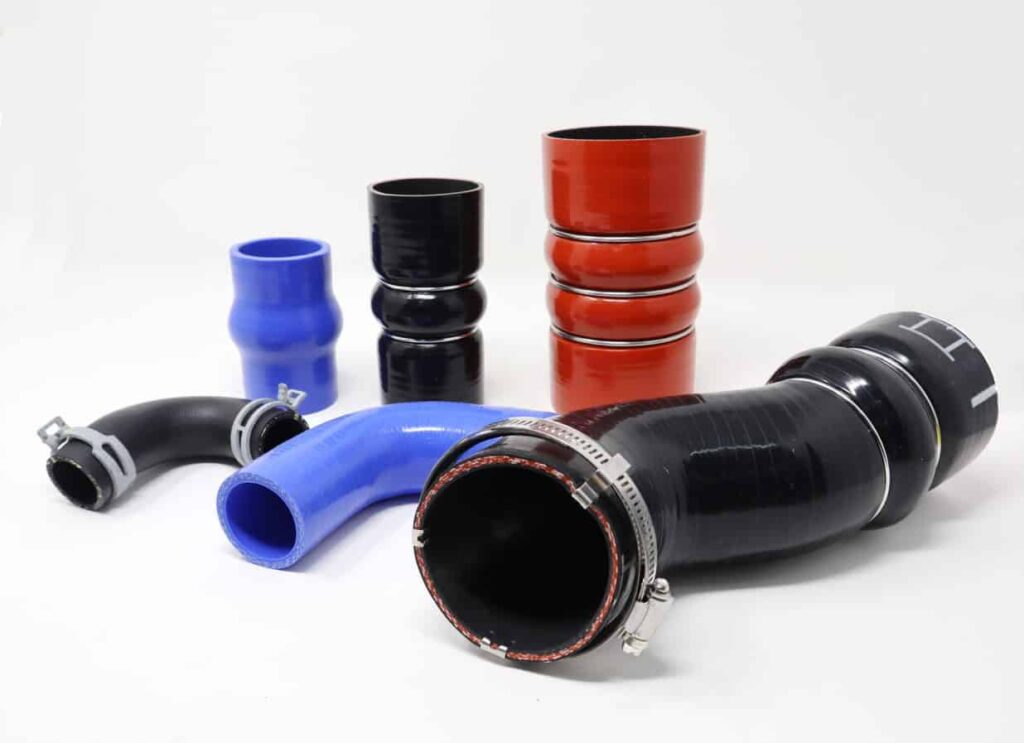When selecting a hose for your application, you may wonder whether to choose a silicone hose or a rubber hose. Both materials have their advantages and disadvantages, and the choice ultimately depends on the specific needs of your application. In this article, we will compare silicone hose vs rubber and highlight the differences between the two materials. We will also provide examples of their different applications and offer guidance on selecting the most appropriate material for your needs.
Introduction:
Silicone hoses and rubber hoses are two common materials used in hose manufacturing. While both materials have similar properties, there are significant differences between the two. In this article, we will compare silicone hose vs rubber and provide guidance on selecting the right material for your application.

Silicone Hose vs Rubber:
There are several differences between silicone hoses and rubber hoses, including:
- Temperature range: Silicone hose can withstand higher temperatures than rubber hose, making it suitable for high-temperature applications.
- Flexibility: Silicone hose is more flexible than rubber hose, making it easier to bend and install in tight spaces.
- Chemical resistance: Silicone hose is more resistant to chemicals and UV radiation than rubber hose, making it suitable for applications that involve exposure to chemicals and sunlight.
- Cost: Silicone hose is generally more expensive than rubber hose, making it less cost-effective for applications where cost is a primary consideration.

Applications:
Silicone hoses and rubber hoses are used in a variety of applications. Some examples include:
- Automotive industry: Silicone hose is used in high-performance applications, such as turbocharger systems and exhaust systems. Rubber hose is commonly used in cooling systems and vacuum lines.
- Medical industry: Silicone hose is used in medical applications, such as in catheterization and drug delivery systems. Rubber hose is commonly used in medical equipment, such as syringes and IV tubes.
- Food and beverage industry: Silicone hose is used in food and beverage applications, such as in dairy processing and brewing. Rubber hose is commonly used in food processing and packaging.

Selecting the Right Material:
When selecting a hose for your application, it is important to consider the specific needs of your application. Factors to consider include temperature range, flexibility, chemical resistance, and cost. By carefully evaluating these factors, you can select the most appropriate material for your needs.
Conclusion:
Silicone hoses and rubber hoses are two common materials used in hose manufacturing. While both materials have similar properties, they have significant differences, including temperature range, flexibility, chemical resistance, and cost. By understanding the differences between silicone hose vs rubber, you can select the most appropriate material for your application.
Comments